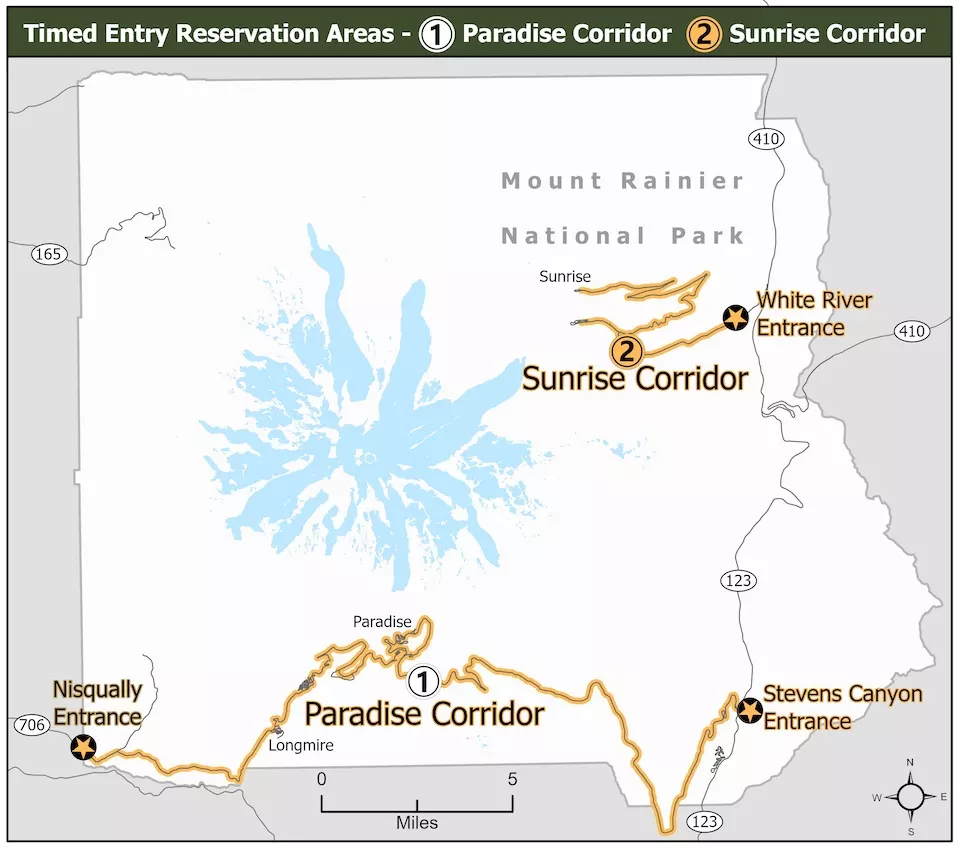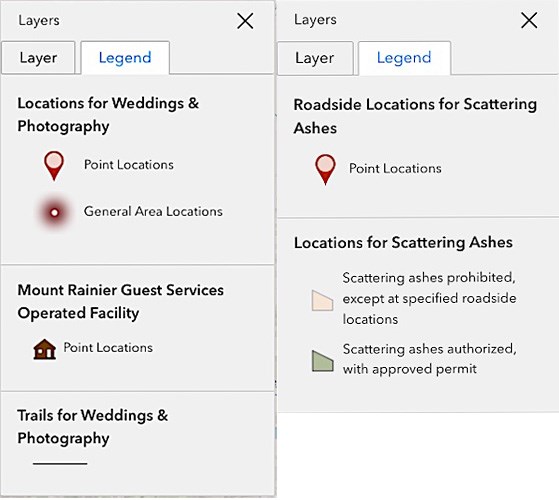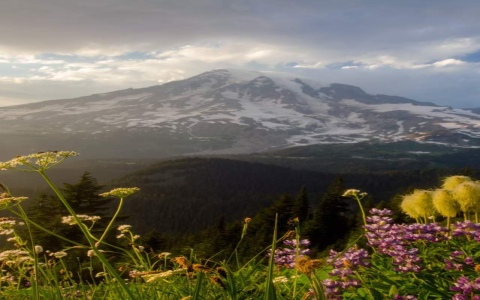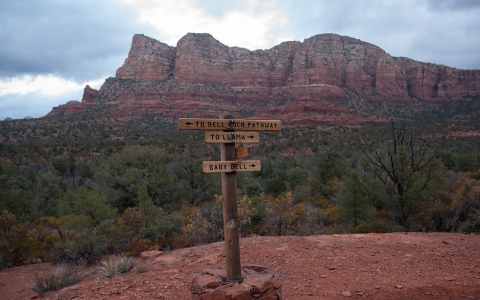What Permits Do You Need for a Day Hike on Mount Rainier?
Mount Rainier, with its stunning glaciers, spectacular meadows, and breathtaking vistas, is a popular destination for hikers and outdoor enthusiasts. However, planning a day hike here requires more than just packing a backpack and choosing a trail. Understanding the necessary permits can help you navigate your visit smoothly while ensuring that you adhere to regulations designed to protect this natural wonder.

Visiting Mount Rainier National Park
Before delving into the specifics of permits, it’s essential to appreciate the sheer beauty and ecological significance of Mount Rainier National Park. Spanning over 368 square miles, this park is home to diverse ecosystems ranging from lush forests to alpine tundra. It attracts millions of visitors each year, making it crucial to implement measures that maintain the area’s integrity and minimize environmental impacts.
Day Hiking Permits
For day hikes, the good news is that no advance permit is required if you are planning to hike within the National Park. However, it’s important to note that visitors are expected to pay an entrance fee to access the park. This fee contributes to the maintenance of park facilities, trail upkeep, and preservation efforts.
The entrance fee varies based on the vehicle type and the duration of your stay. For instance, a private vehicle will generally incur a fee of around $30 for a seven-day pass. If you plan to visit frequently, an annual pass might be more economical.
Wilderness Permits
While day hikers don’t need special permits, those looking to venture into the backcountry or camp overnight must secure a Wilderness Permit. These permits are essential to protect the park’s fragile ecosystems and to help manage human impact. They ensure that the number of visitors in certain areas is regulated, preventing overcrowding and environmental degradation.
Wilderness permits can be obtained at various ranger stations within the park or reserved online. Despite being a requirement primarily for overnight hikes, obtaining one in advance can provide valuable information about trail conditions, safety tips, and potential hazards.

Seasonal Restrictions
Hikers should also keep in mind that certain trails may have seasonal restrictions. These measures are in place due to varying weather conditions, which can affect trail safety. For instance, some routes may remain snow-covered even into late spring, making hiking difficult without proper gear. Always check the park’s official website for updates on trail accessibility.
Best Practices for Hiking
Regardless of the permits involved, responsible hiking practices are vital in preserving the natural beauty of Mount Rainier. Here are several recommendations:
-
Stay on Designated Trails: Straying off marked trails can cause damage to fragile vegetation. Adhering to established paths helps maintain the park’s ecological health.
-
Pack It In, Pack It Out: Carrying out all trash, leftover food, and waste is crucial. Keeping the park clean benefits wildlife and enhances the experience for all visitors.
-
Respect Wildlife: Observe all animals from a distance. Feeding or approaching wildlife can disrupt their natural behavior and pose dangers to both visitors and animals.
-
Be Prepared: Weather in the mountains can change rapidly. Always pack appropriate gear, including rain jackets and layers for cooler temperatures.

-
Check Current Conditions: Before heading out, ensure you are aware of the latest updates regarding trail conditions, weather forecasts, and any advisories issued by park officials.
Understanding the permitting process for a day hike on Mount Rainier not only enhances your adventure but also contributes to the preservation of this incredible landscape. Be mindful, stay informed, and embrace the stunning majesty of the great outdoors. Whether you’re drawn to the exhilarating challenge of the trails or the tranquil beauty of its meadows, Mount Rainier promises an unforgettable experience.
So, as you plan your visit, remember to review the essential permits needed, respect the environment, and prepare adequately. With the right approach, you’ll immerse yourself in the breathtaking beauty that Mount Rainier has to offer. Happy hiking!



